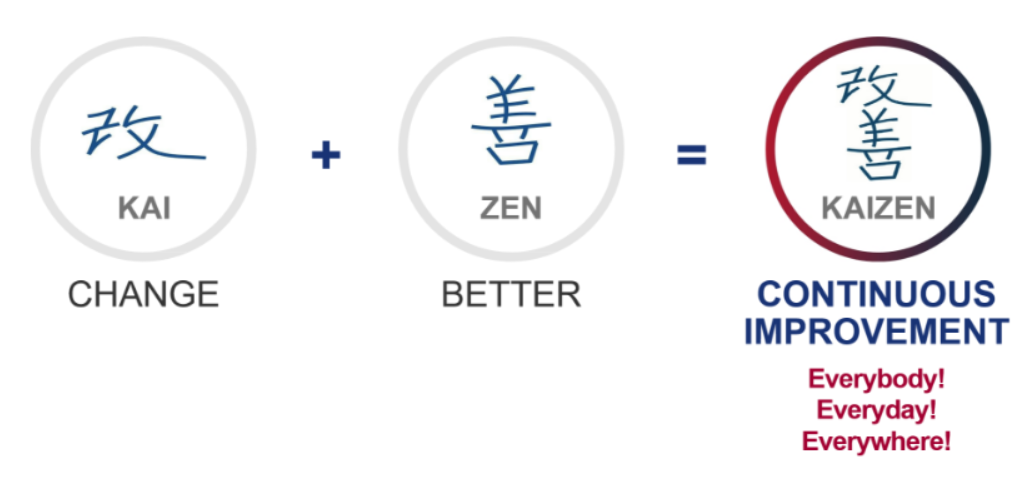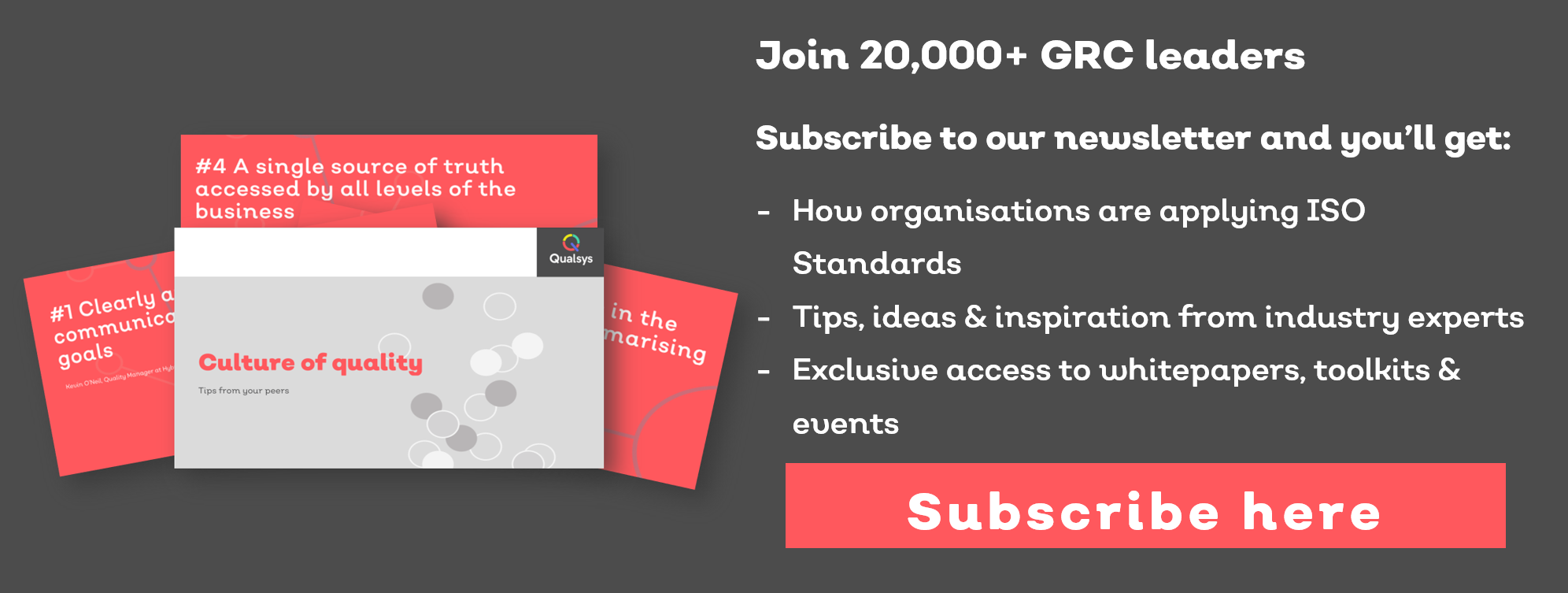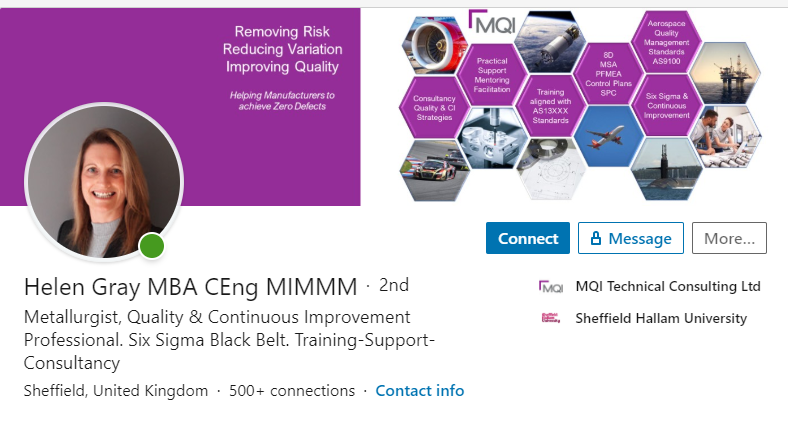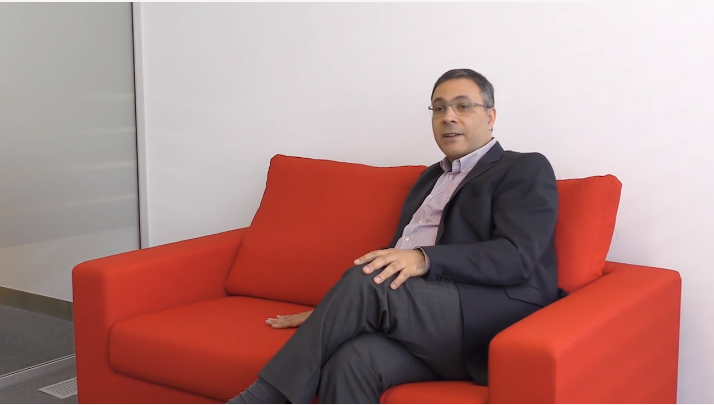Want to contribute to this article?
Lots of organisations implement continuous improvement initiatives and expect the most stubborn and complex business challenges to be resolved.
In fact, most businesses are overflowing with continuous improvement initiatives, from IT system overhauls to streamlining sales processes.
At the forefront are new leaders keen to make their mark, bringing new ideas and tried-and-tested examples from previous experiences.
While the new approaches can energise and inspire teams to review processes which have long caused frustration, these initiatives don’t always live up to the expectations.
Michael Ord, New Business and Sales Director at governance, risk and compliance vendor Qualsys explains why many continuous improvement initiatives fail.

Command and control -> Culture of opportunities and innovation
Many businesses get caught up in pursuing short-term 'continuous improvement' fixes which don’t resolve wider business issues.
This is symptomatic of data-driven 'convergent' mindsets fixated on a single issue, at the expense of intuition and any inconsistent data that doesn't fit preconceived notions. This in turn leads businesses to ask execution-oriented, cost-focused questions too soon.
By solely focusing on reducing costs, for instance, continuous improvement initiatives fall prey to a lack of innovation.
Read John Oakland transcript on "Why cost cutting isn't quality improvement."
Sony, for example, was one of the world’s leading organisations in the 1970s and '80s, unleashing disruptive, innovative market-leading products like the Walkman. But a myopic strategy of consolidation, cost-cutting and acquisition, rather than broader innovation, opened the door to outside competition like Apple and Amazon, who ultimately overtook them.
So did Juran, Deming and Ishikawa sell us faulty advice? Or is it now outdated?
Not quite. The 10 principles, cause and effect diagrams and Plan, Do, Check, Act cycle still hold undeniable value for businesses.
The problem comes with their application: times have changed. The roles and processes your employees are doing have changed from command and control to one where they are problem solving.
The rise of the knowledge worker
Technology is completely changing how employees are spending their time at work.
As we enter the 'Industry 4.0' age, intelligent and smart technology systems are changing what work your employees do. Time-heavy, laborious roles are being increasingly replaced with machines - with employees moving onto creative problem-solving roles instead.
Businesses are now hiring more 'knowledge workers' than ever.
It’s a world where innovators prepared to acknowledge and leverage new technology win:
I think often of the contrast between the power of information technology to transform the process of learning, and the little progress that has been made towards actually doing so.
- John Kay, Financial Times
In no less than 60 percent of occupations, at least one-third of the constituent activities could be automated by 2030.
Knowledge workers spend two-thirds of their time on unstructured, adhoc creative tasks. These roles require employees to undertake non-routine problem-solving which doesn’t follow a standard, prescribed path.
This requires a fresh look at how continuous improvement initiatives are run. Continuous improvement needs to be more systematic and easier than ever. This requires your knowledge workers to learn how to learn on a daily basis.
The #1 most important role in your organisation
In the Art of Service, the authors say:
Defining, designing, creating and implementing a process to solve a business challenge or meet a stakeholder objective is the most valuable role in every company.
Unless you’re talking a one-time, single-use project, there should be a process. This process needs to be designed by someone with a complex enough perspective to ask the right questions.
So how can you encourage employees to develop complex enough perspectives to ask the right questions?
Learn to learn
The truth is the traditional principles of continuous improvement are still valuable and applicable. But the learning process needs to be adapted to suit knowledge workers. It needs to be accelerated. It's now more important than ever that employees are challenging their own processes, because they are the subject matter experts.
However, many knowledge workers get stuck on this journey as they've forgotten how to learn.
Businesses need to build learning organisations and lay the groundwork for a learning culture which more accurately reflects their workforce composition.
'Divergent' problem-solving, for instance, will resonate with a knowledge workforce more strongly than a 'convergent' data-led traditional improvement program. So this:

should become this:

Giving knowledge workers the right environment to thrive and self-learn is ultimately a question of leadership.
Personal mastery requires a fresh look at leadership
Senge emphasises how the role of leadership changes in a learning organisation.
In traditional organisations, leadership define the direction of the organisation, make key decisions, and energise troops. The indirect consequence is that it leads to a culture where leadership are responsible for everything. This approach also assumes the workforce are powerless, lack personal vision and have an inability to self-master the forces of change.
Instead, organisations need to adopt a culture where leadership are designers, stewards and teachers. Leadership are responsible for creating organisations where employees aren’t held back and challenge the wider business to continually expand their capabilities.
Read also: ISO 9001:2015 leadership battles
Enable knowledge sharing
Nonaka and Takeuchi argue that learning only becomes valuable, organisational knowledge when there is an exchange. So organisations must get much better at communicating. Risk-based thinking needs to be embedded, but also explicit.
Take time to teach knowledge learners the fundamental learning skills
Only through good mentoring, superb leadership and frameworks can knowledge workers be equipped with the skills they require to make continuous improvement natural in their daily routine.
What you should do now
What do you think? Do you agree / disagree with the above? Share your opinion by email with marketing@qualsys.co.uk or tweet@QualsysEQMS.
Subscribe to our newsletter to access part two where we'll be discussing how governance, risk and compliance technology is helping knowledge workers innovate.








Share your thoughts on this article